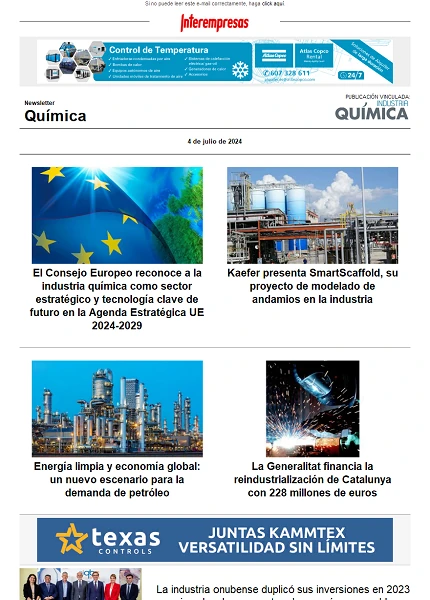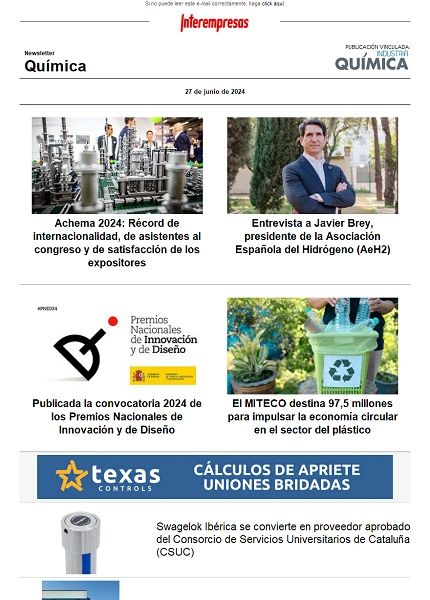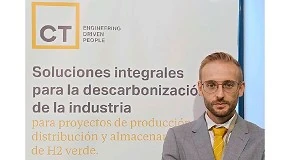Sensors of intelligent vision for the early detection of fires
10 September 2013
A team with participation of the Upper Council of Scientific Investigations (
The prototype tested successfully in 2011 and 2012 in the mountains of the Navas‐Berrocal, in Almadén of the Silver (Seville). The system detected the fires caused of way controlled to a distance of some 150 metres, did not produce false alarms and the maximum time employed for the activation of the alarm was of six minutes.
The systems of current surveillance are based in cameras of visible or termográficas that monitor big extensions of terrain, what increases the number of false alarms. “The novelty of our system is that it incorporates an able algorithm to distinguish the smoke and differentiate it of the movement of the clouds, the vegetation or the fauna. Also it adapts to the variation of the conditions of lighting along the day”, explains Jorge Fernández Berni, researcher of the Institute of Microelectrónica of Seville.
The system can describe like a wireless intelligent camera installed on a support and connected to a small solar signpost. Apart from the sensor or chip of intelligent image, incorporates a commercial node of wireless network of sensors, integrated by a microprocessor and a transceiver to send and receive information via radio. Likewise, the prototype has of several potentiometers (variable resistances) to adjust the parameters of the sensor.
His operation consists in assigning to each module Wi‐FLIP an area of surveillance of short scope (with four sensors covers an extension of a square kilometre), of such form that if in a region produces a fire, the module uses the network of sensors to send road irradiate the signal of alarm to the station of extinction more next , as well as a photography that allows dimensionar the means that need to suffocate it.
“What do the sensors is basically analyse the dynamic temporary‐space of the smoke, that is to say, which form has when it appears on a bottom of vegetation and the speed with which moves. This translates in a series of parameters that go analysing progressively satisfied appears movement in the scene. If any of these parameters does not fulfil with a series of conditions previously established, the algorithm descarta this movement and continues analysing the rest of the scene”, details the researcher.
If, happened a true time (a parameter more than the algorithm), all the conditions fulfil, shoots the alarm. “Only then it sends an image via radius for the remote confirmation of the existence of the fire. In the meantime, the system realizar in‐situ the capture of images and his processing”, aim the scientists.
For the moment, the system that has tested is composed of a node sensor and a basic station to which sends the signal of alarm and the images of the fire. “For a bigger network, the management of the communications becomes an important appearance: it would be necessary to determine first the optimum ways to broadcast the alarm until the basic station, establish the nodes with more importance inside the network, as well as manage automatically the errors in the transmission and the reception of the data”, indicates Fernández Berni.
The development, published in the International Journal of Wildland Fire, has been designed by researchers of the Institute of Microelectrónica of Seville (CSIC‐University of Seville), the University of Seville and the Plan Infoca of the Council of Agriculture, Fishing and Environingingment of the Board of Andalucia.








































